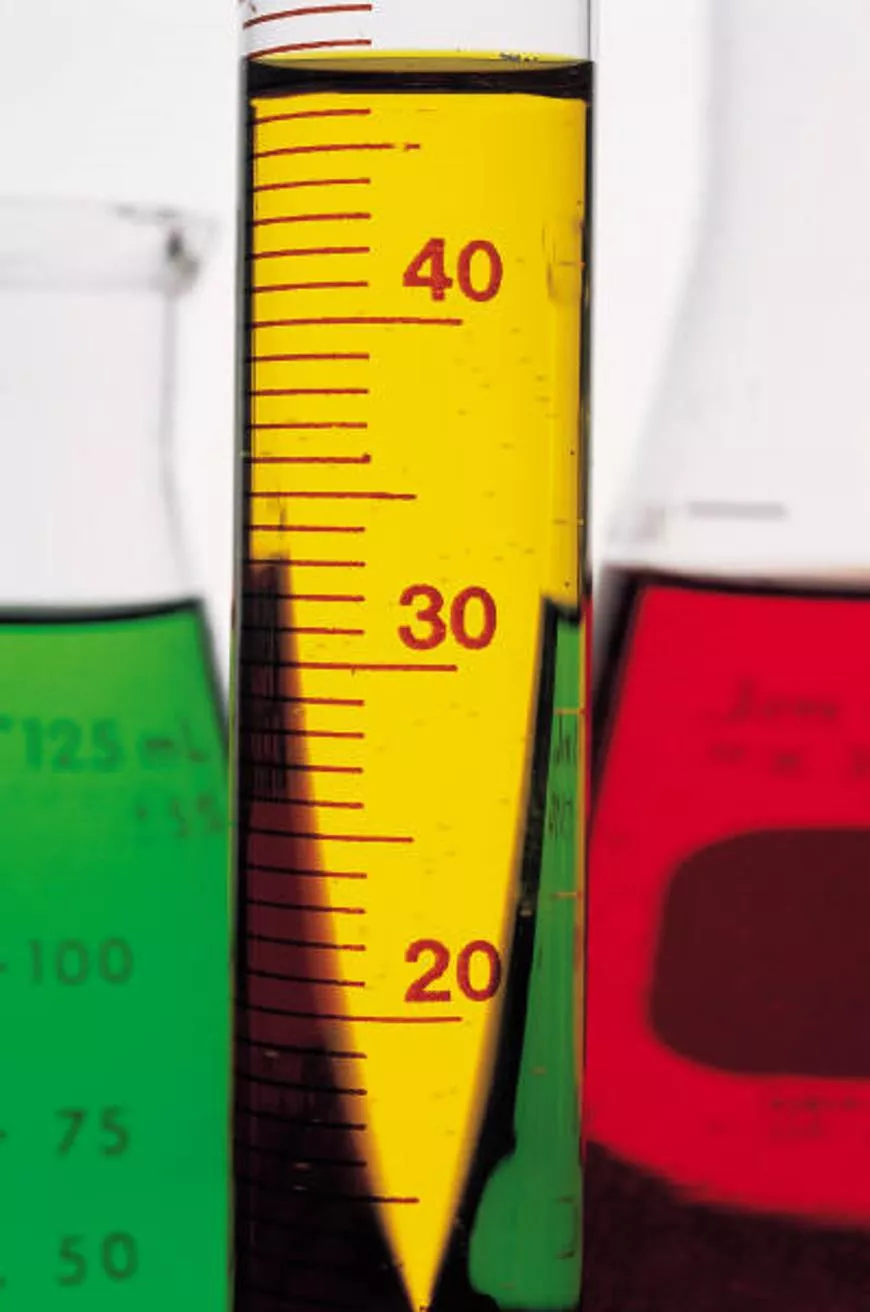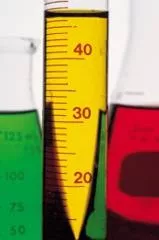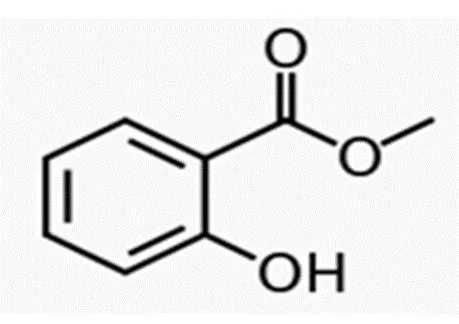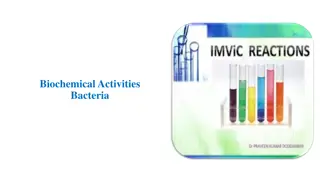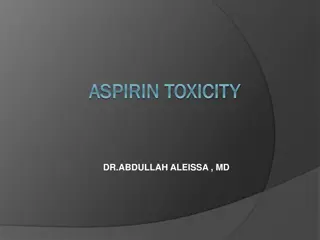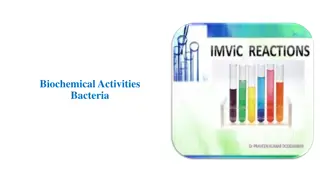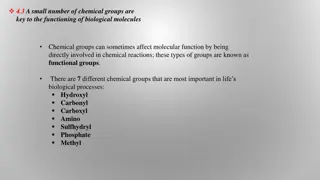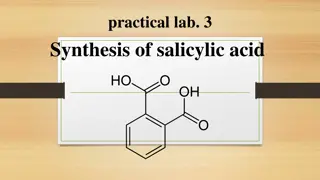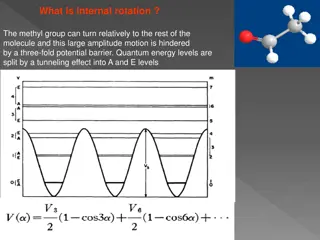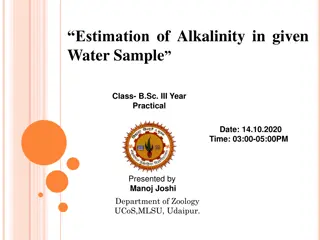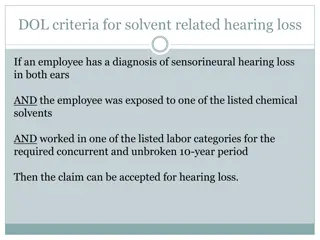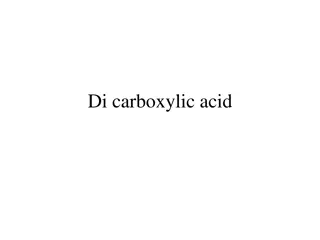Methyl Salicylate: Preparation and Uses
Methyl Salicylate, commonly known as oil of wintergreen, is produced through Fischer Esterification by heating salicylic acid with methyl alcohol. It has various applications, from being a rubefacient and analgesic in liniments to a flavoring agent in gums and mints. It is also used in microscopy, fragrance production, antiseptics, and more. Its versatile properties make it a valuable compound in different fields.
Download Presentation

Please find below an Image/Link to download the presentation.
The content on the website is provided AS IS for your information and personal use only. It may not be sold, licensed, or shared on other websites without obtaining consent from the author.If you encounter any issues during the download, it is possible that the publisher has removed the file from their server.
You are allowed to download the files provided on this website for personal or commercial use, subject to the condition that they are used lawfully. All files are the property of their respective owners.
The content on the website is provided AS IS for your information and personal use only. It may not be sold, licensed, or shared on other websites without obtaining consent from the author.
E N D
Presentation Transcript
Preparation of Methyl Salicylate (oil of wintergreen)
The second common ester of salicylic acid that is used as a drug is methyl salicylate. When salicylic acid is heated with methyl alcohol, the carboxyl group of salicylic acid is esterified producing a strong-smelling liquid ester (methyl salicylate).
FischerEsterification reaction : is the reaction of an alcohol and a carboxylic acid. The reaction is reversible and uses an acid as a catalyst. Methyl Salicylate M.wt. :152.15 gm/mol Molecular formula: C8H8O3
Uses: in high concentrations as a rubefacient and analgesic in deep heating liniments to treat joint and muscular pain. in low concentrations (0.04% and under) as a flavoring agent in chewing gum and mints. providing fragrance to various products and as an odor-masking agent for some organophosphate pesticides to clear plant or animal tissue samples of color, and as such is useful for microscopy and immunohistochemistry when excess pigments obscure structures or block light in the tissue being examined. This clearing generally only takes a few minutes, but the tissue must first be dehydrated in alcohol. as a transfer agent, to produce a manual copy of an image on a surface. in small amounts, to lower the freezing point of glacial acetic acid for transport. a simulant for the research of chemical warfare agent sulfur mustard, due to its similar chemical and physical properties. an antiseptic in Listerine mouthwash .
In the chemistry laboratory, you took the advantage of the nucleophilicity of the phenolic OH on salicylic acid and the electrophilicity of acetic anhydride to form acetylsalicylic acid (aspirin) .
However, salicylic acid also has an electrophilic carbon atom as part of its carboxylic acid functional group. Thus, salicylic acid can react with nucleophilic molecules like methanol in addition to reacting with electrophilic molecules like acetic anhydride. The reaction of a carboxylic acid with an alcohol, an esterification, its analogues, amidation
Esters often have interesting aromas associated with them. For example, many of the flavors that wines develop are formed when alcohols and carboxylic acids in the wine combine to form esters. The reaction that we will be doing is interesting for at least two reasons.
Firstly, for the reaction to proceed at an appreciable rate, we must add an acid catalyst. Secondly, the reaction is an equilibrium reaction and particular effort must be made to drive the reaction to completion .
By protonating the carbonyl (C=O), the carbonyl carbon electrophilic. Additionally, intermediate for the catalyzed reaction is not zwitterionic, as it is in the uncatalyzed reaction ,the transition state that leads to the intermediate is lower in energy for the catalyzed reaction as compared to the uncatalyzed reaction. becomes more the since
The acid catalyst also lowers the activation energy for the elimination of water from the intermediate. While the addition of the acid gets the reaction going, it cannot drive the equilibrium products. Instead, this reaction will be driven to completion by the addition of excess methanol. towards the
Alternative methods for driving the reaction to completion include the removal of water from the reaction.
Chemicals Required: Chemicals Required: 0.65 g salicylic acid 10.0 mL methanol 0.75 mL concentrated sulfuric acid 1 mL CH2Cl2 5 mL 5% sodium bicarbonate solution.
Procedure Procedure 1. Place 0.65 g of salicylic acid, 10.0 mL methanol and a magnetic stir bar in a conical flask. 2. Stir the mixture until the salicylic acid dissolves. 3. Place the round flask on a stirring hotplate and while stirring slowly and in small portions add 0.75 mL of concentrated sulfuric acid to the salicylic acid: methanol solution. 4. Attach the round flask to a water-cooled condenser, cap the condenser with a drying tube that has been loosely packed with CaCl2. 5. Gently boil the solution for 75 minutes (maintain the temperature at approximately 80 C).
The reflux will allow the mixture to heat without loss of components through evaporation. The vertical condenser returns the evaporated liquids to the boiling flask. In this reaction, the reactants undergo a transesterification which is when an ester reacts with an alcohol to form a new ester.
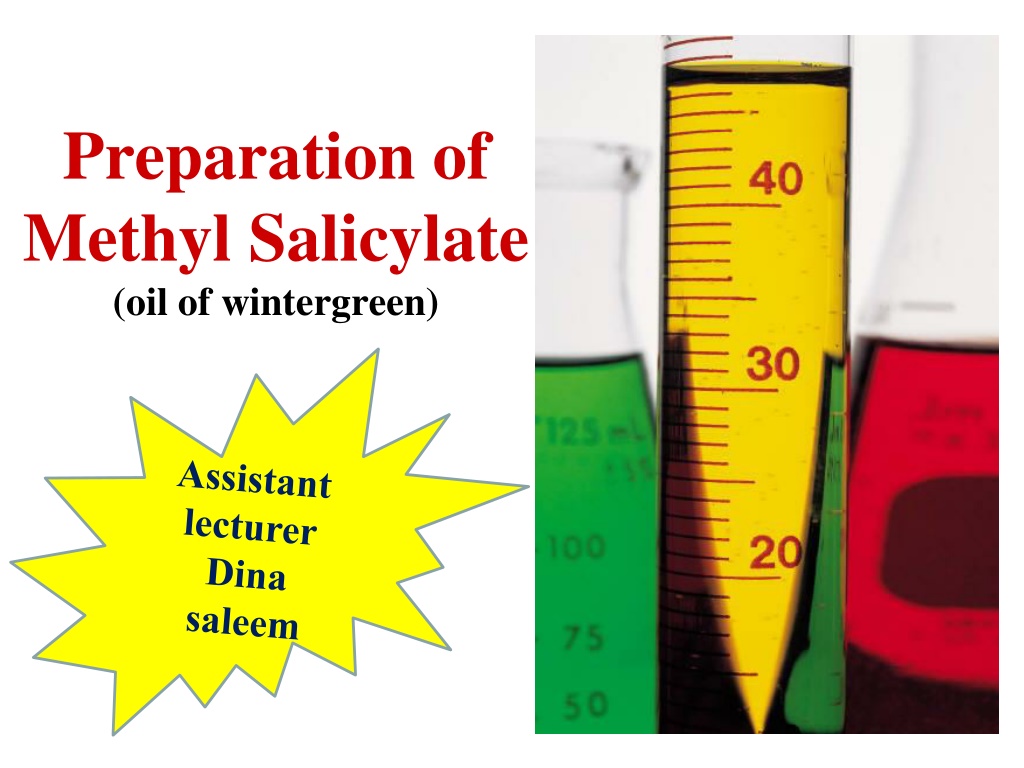
 undefined
undefined